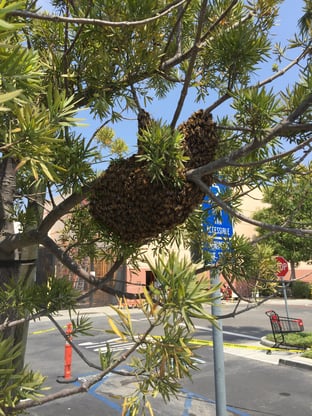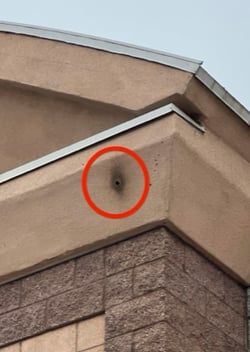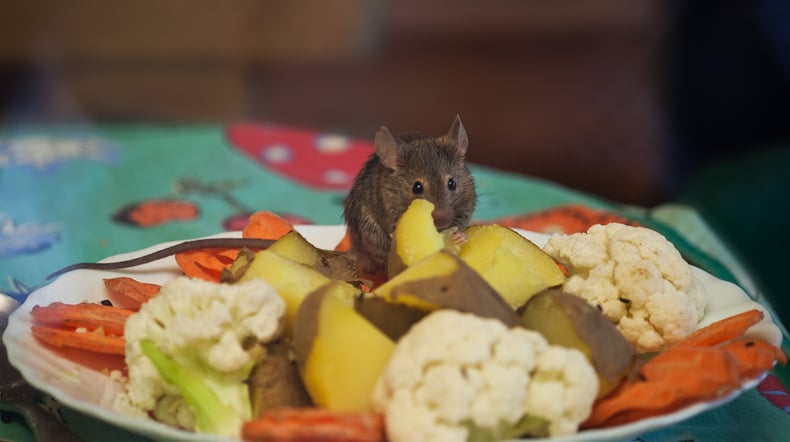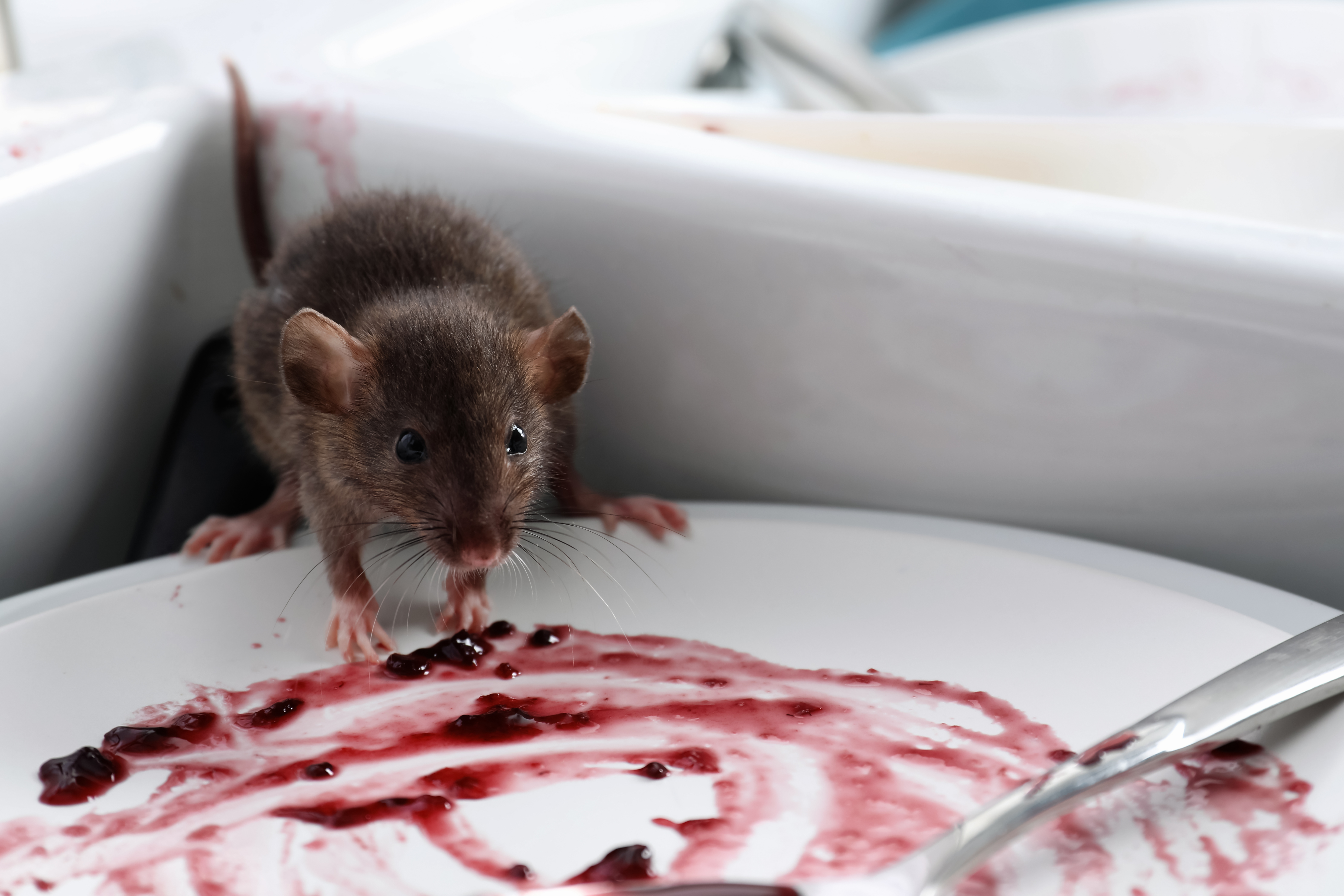Summertime is here and so are the bees! We are seeing an increase in the number of bee calls we are receiving, so we know you are seeing more bees around your home as well. In Spring, flowers are blooming, and bees have their food source back. As they eat more, they also reproduce more. The population of a hive will start to reach a breaking point towards the end of Spring/ beginning of Summer. If the hive is located somewhere on or near your property you will start seeing more bee activity because the hive population is booming. You might also see a swarm because the hive has split, and part of the population has left to hive to find a new place to live. We can help you stay safe and avoid being stung by treating and removing the bees. Being able to identify the difference between a bee swarm and hive, and let us know which one you are seeing, will help us treat and/or remove the bees faster and easier.


A swarm of bees is usually located on a tree branch or other similarly shaped object. It looks like a ball of bees sitting on a tree, fire hydrant, bush, etc. A bee swarm is an important step in the beehive life cycle. As a hive outgrows it’s living space, it will start the process of splitting into two separate hives. The bee swarm happens when bees are ready to scout out a location for the new hive. A new queen is chosen to stay behind, while the old queen and some of the other bees fill up on honey to prepare for their journey. The bees will consume so much honey they become much less aggressive, making it easier to relocate them with a vacuum and release technique.
A swarm of bees looks like a ball of bees because they are protecting the queen bee at the center of the swarm as they travel. The swarm will only travel a short distance from the original hive before they stop to scout out a location for the new hive. They will stay at this original resting spot for a few days, at maximum, before moving on. Scout bees will be sent out from this resting spot to locate a new place to build the hive. Then the swarm will move to this new permanent hive location and start the process of building a hive. A bee swarm looks intimidating. It’s a large ball of buzzing, humming bees! But like most of us on Thanksgiving, they are so full that all they really want to do is nap. The fact that they are away from the hive and more docile, creates the perfect opportunity to gently vacuum them up and relocate them to a place that is safer for them and you.


A hive might be harder to spot and identify. You’ll probably see an increase in the number of bees flying around a certain area of your home. It might be the eaves of your roof, the top of your chimney, or even the seam between siding. At this point, the swarm as found a place to live and has established a hive. A hive is exactly what you are picturing in your mind right now; lots of bees, honey, and honeycomb! The honey and honeycomb are what make treating a hive a little trickier. Removing a hive usually requires cutting into a wall, removing siding, and often scaffolding to reach the high places bees like to live. Unlike a swarm, the bees in a hive are not neatly clumped together. A lot of the bees might be out collecting pollen for honey. All these factors make it difficult, if not impossible, to vacuum the bees out of a hive. Treatment for a hive usually requires the use of a chemical to treat the bees that are there and ensure the bees that are not at the hive do not come back. It is also necessary to then remove the honey and honeycomb so that a new hive does not take up residence.
Being able to identify the difference between a swarm and a hive at your home makes our job a little easier and we can treat or remove the hive sooner. If you are not sure, pictures always help us get a better idea of what is buzzing around your home! You can send pictures of your bees to happytohelp@myaipm.com and we will get right back to you with treatment and removal options!

.png)




.webp)



Submit a Comment